How to Measure Crochet Gauge: Essential Guide for Beginners
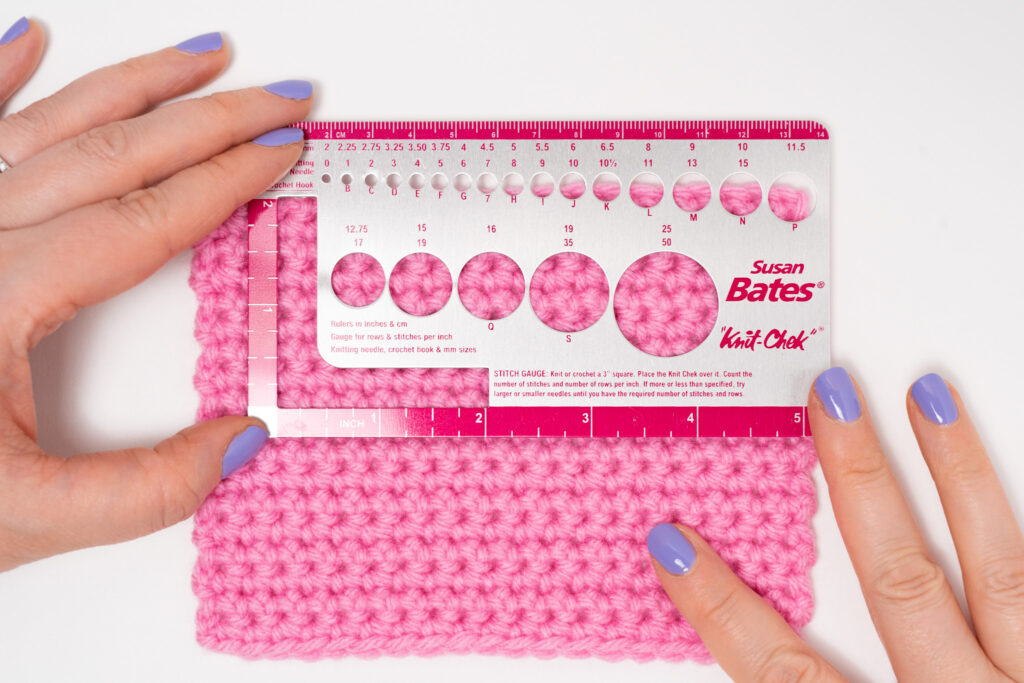
What is Crochet Gauge?
Gauge is one of the most important aspects of crochet, yet it’s commonly overlooked. Gauge refers to the number of stitches and rows or rounds per a certain measurement (usually 4 in. / 10 cm) that a particular yarn and crochet hook combination will produce.
Why Gauge Matters in Crochet
Gauge is crucial for ensuring your crochet projects turn out the correct size. It determines the dimensions of your finished item and is especially important for items that need to fit well, such as socks, sweaters, and hats.
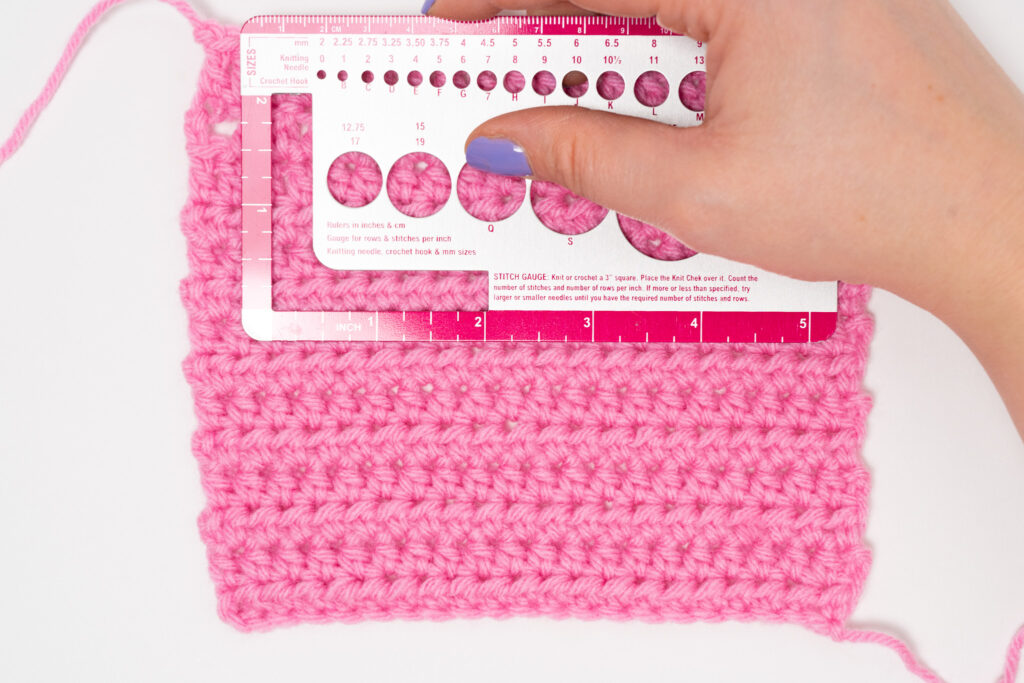
Step-by-Step Guide to Measuring Crochet Gauge
To measure your crochet gauge, create a small swatch using the recommended yarn and hook size. This swatch will help you check if your stitch and row counts match those specified in the pattern.
Tools You Need to Measure Crochet Gauge
- Yarn
- Crochet hook (as specified in the pattern)
- Ruler or measuring tape
Measuring a Crochet Gauge Swatch
Measure the number of stitches and rows in a specified area of your swatch to ensure it matches the pattern’s gauge. This process helps in determining if your crochet tension aligns with the pattern requirements.
Why Crochet Gauge Can Vary
Each individual’s crochet tension can vary, affecting the gauge. Yarn variations and different hook sizes can also impact your gauge, making it essential to create a gauge swatch before starting your project.

How to Adjust Your Crochet Gauge
If your gauge doesn’t match the pattern, adjust your hook size. A tighter gauge requires a smaller hook, while a looser gauge needs a larger hook. Experiment with different swatches to find the best fit for your project.
Gauge is crucial to crochet. By understanding how to measure, adjust, and work with gauge, you’ll be able to create beautiful and perfectly sized projects every time. Don’t forget to create a gauge swatch before starting your next project and adjust your gauge as necessary to achieve the perfect size.
Happy crocheting!
Find this post helpful?
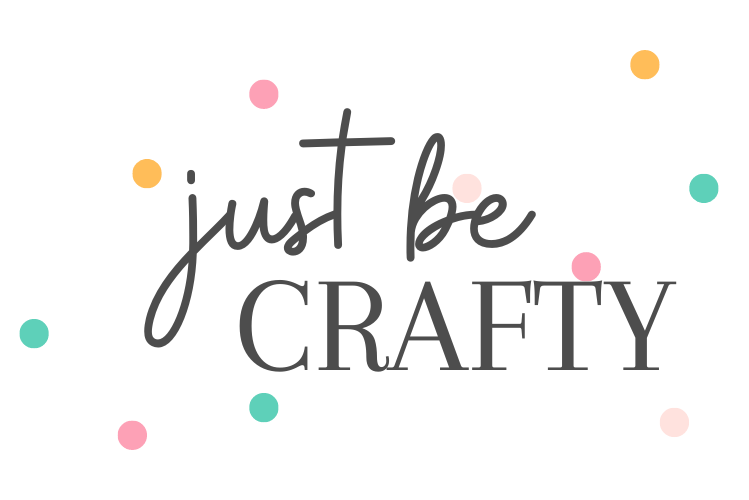
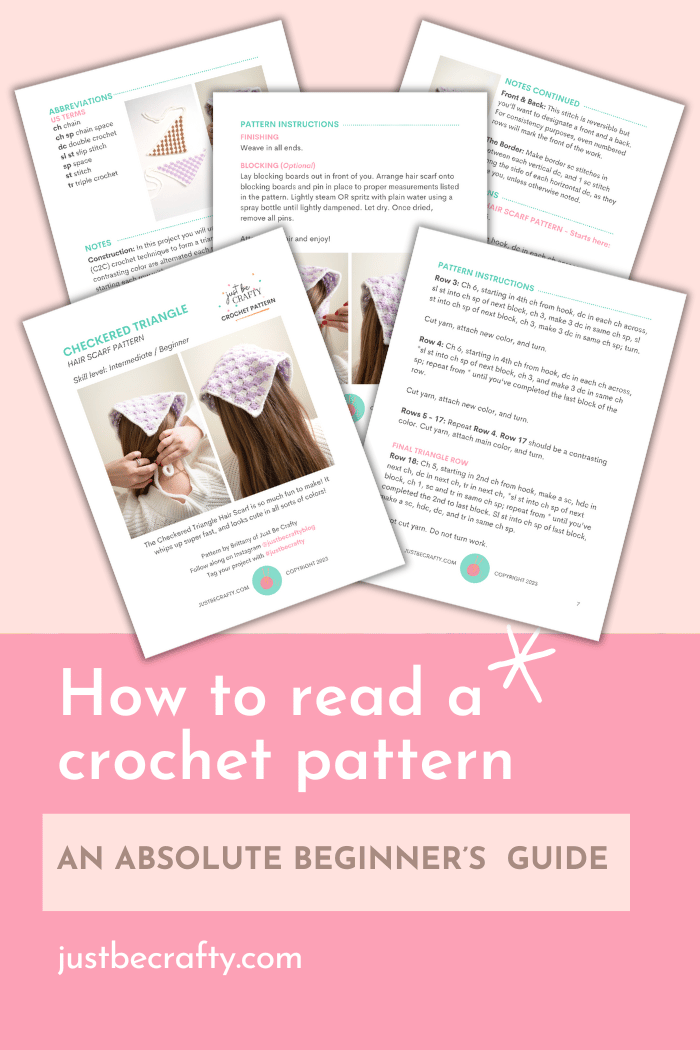
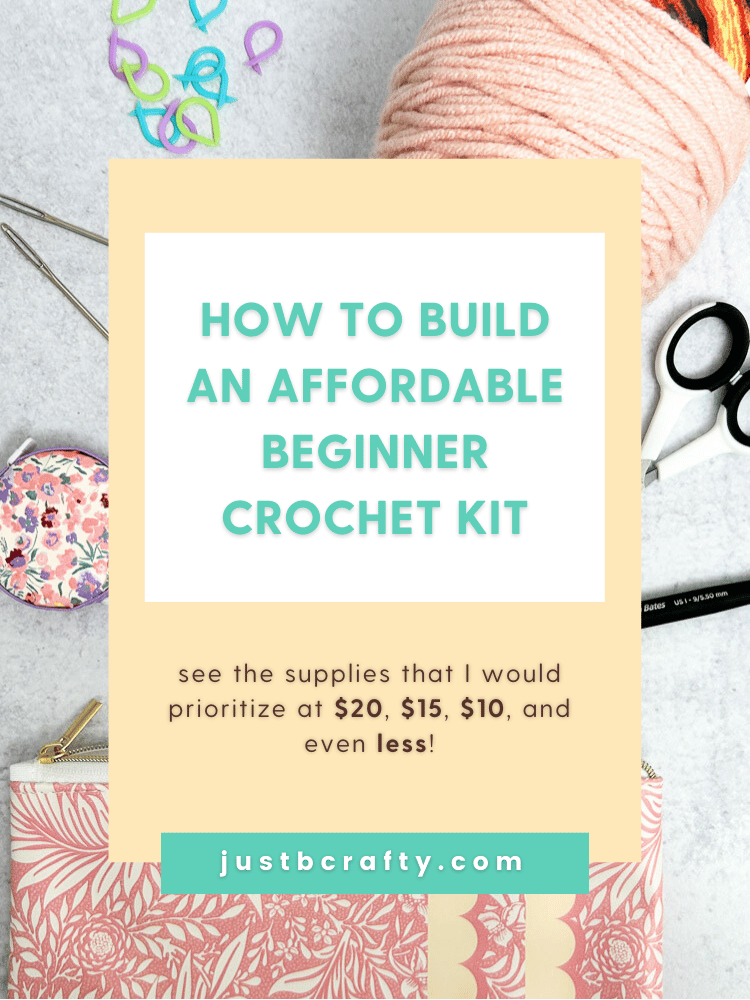

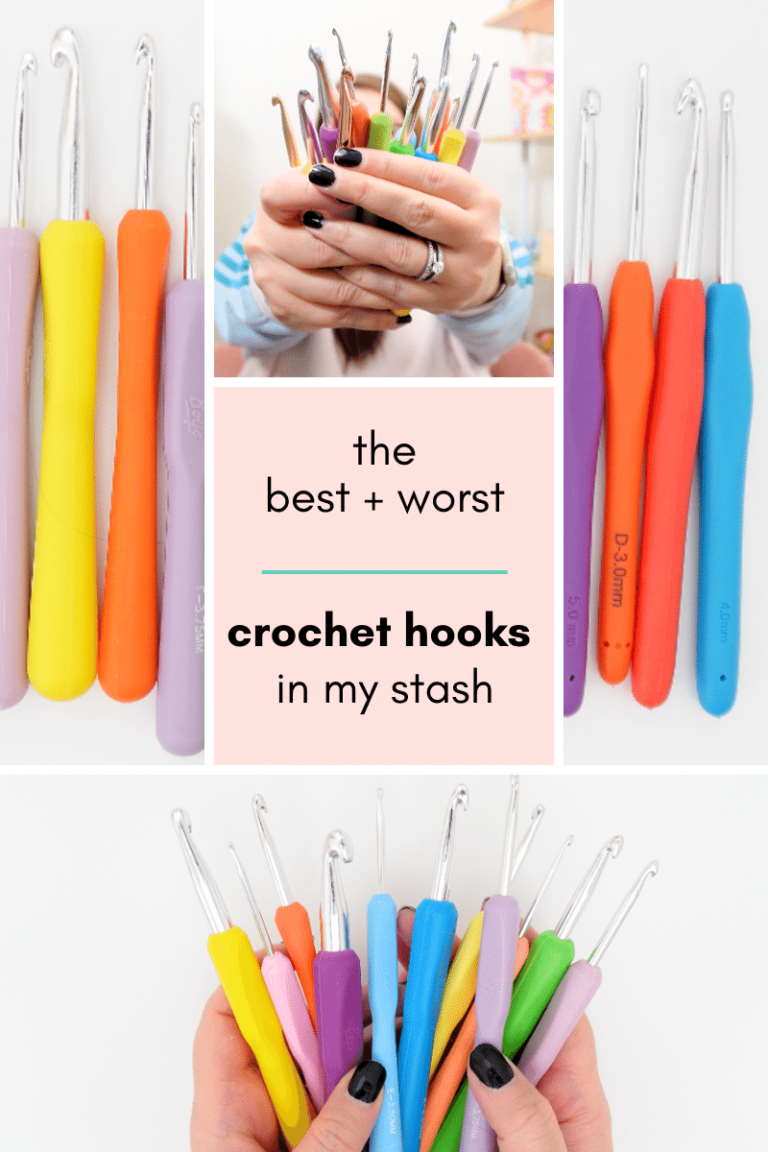
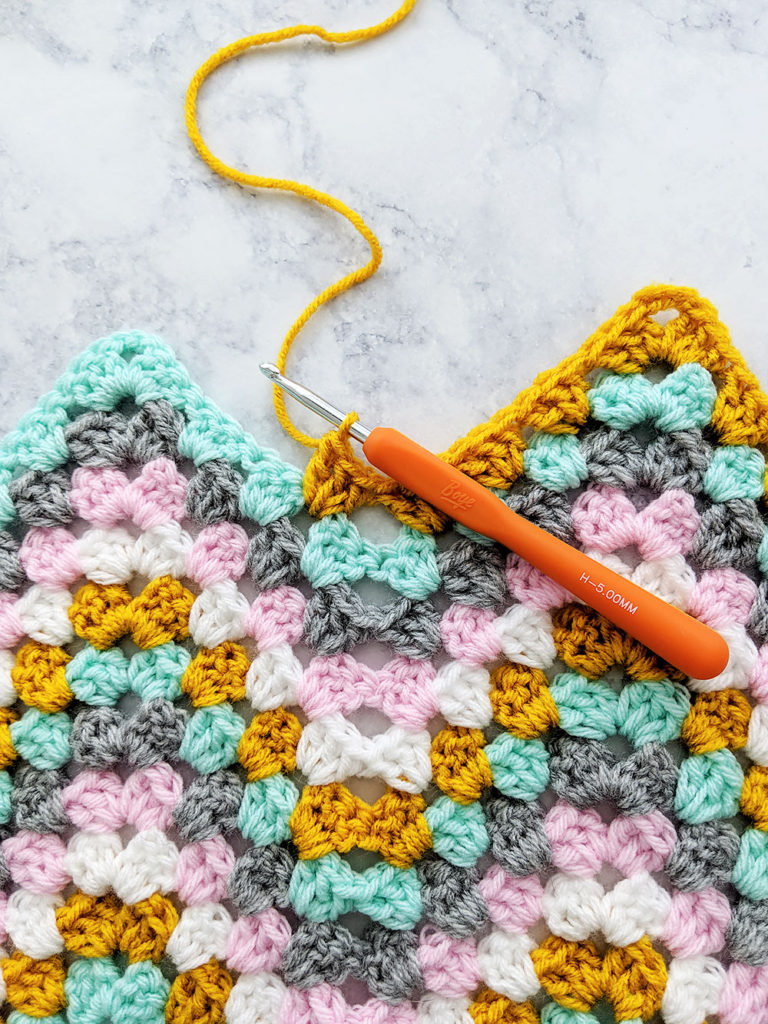
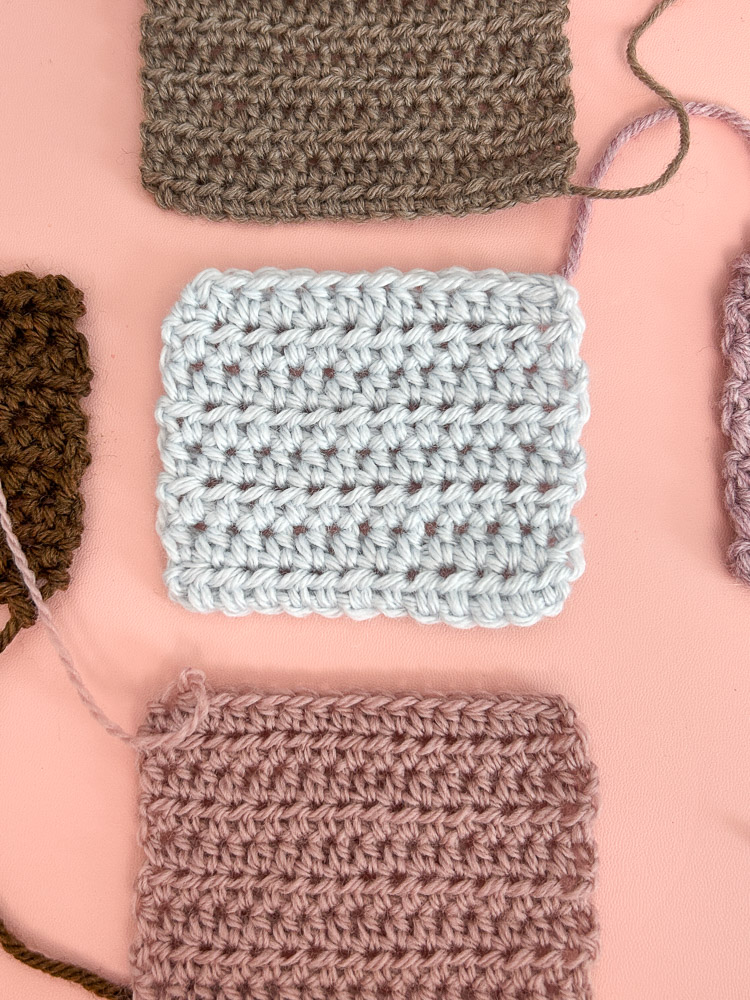
One Comment